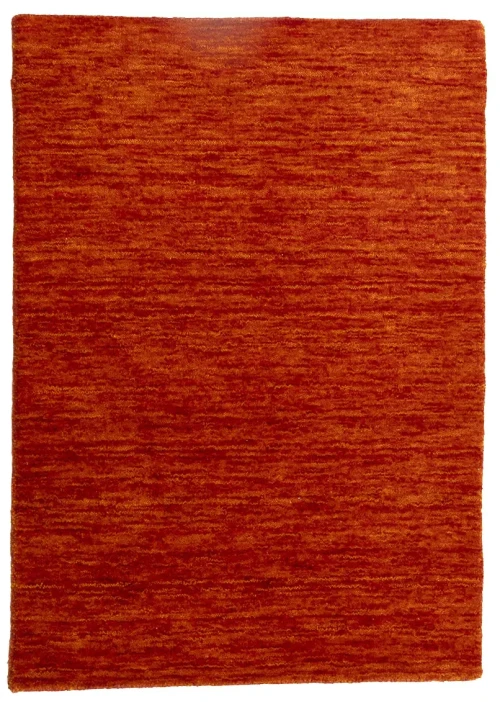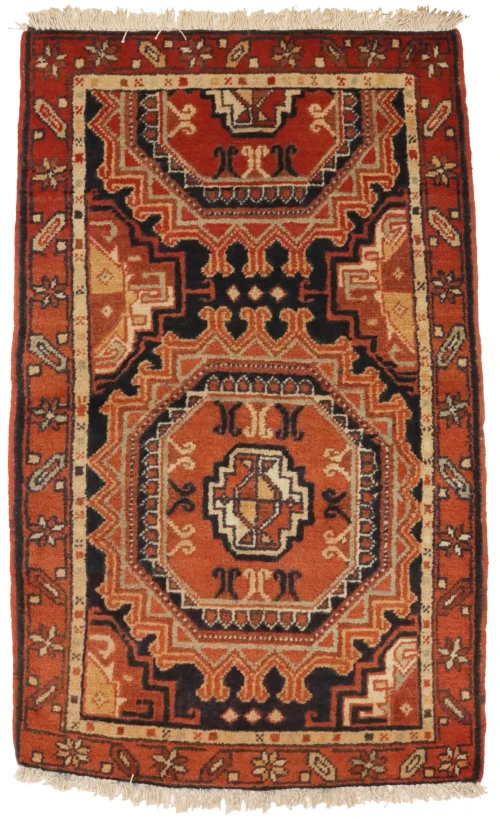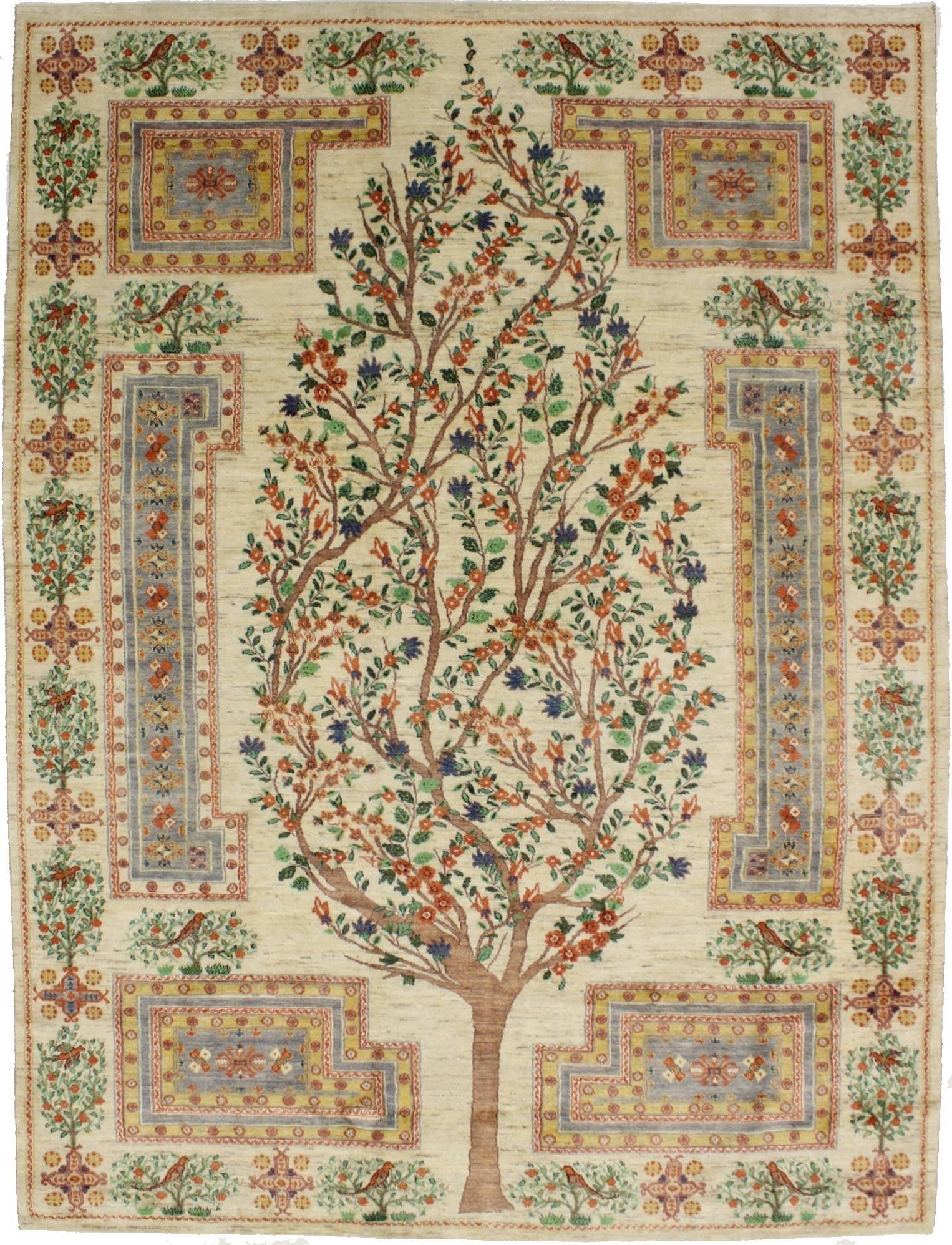Oriental rugs are hand-knotted carpets that are produced only in Asia. Iran, India, Pakistan, China, Russia, Turkey, and Nepal are some of the Asian countries where hand-knotted Oriental area rugs are produced. Oriental rugs are of different types, and these vary regarding their origin, design patterns, colors, and other characteristics. To help you grasp a better understanding of the differences between various oriental rugs, we are sharing with you useful knowledge about some prominent and popular types of handmade Oriental area rugs .
Bokhara Rugs
Afghanistan, Pakistan, and Central Asia are the places where Bokhara rugs originated. The size of these rugs varies. Bokhara rugs feature a solid, jewel-toned background color with around 5 to 8 colors repeating in the rug pattern. The design of these rugs consists of a highly stylized pattern that repeats over the entire surface of the rug.
Among the Bokhara rugs, those knotted in Pakistan are quite popular. They are made from high-quality hand-spun wool and vegetable dyes. Bokhara rugs from Pakistan feature a design that consists of repeating rows of guls and geometrical patterns. Gul is the repetitive rows of stylized octagonal-shaped flowers.
Hand-knotted Pakistani Bokhara rugs have a dense pile which imparts them a luxurious look and feel. The endless palette of colors that can range from vibrant greens and reds to classic gold and deep rusts helps to enhance this luxuriance.
Gabbeh rugs are one of the most popular handmade Persian area rugs which originated in southwest Iran. Gabbeh in the Farsi language means raw or natural, uncut or rough. The size of these rugs varies from medium to large. The color palette used in them consists of 5-7 bright colors. The design in Gabbeh rugs often features stripes or geometric patterns which imparts them a modern look.
Gabbeh rugs are warm and full of creativity due to which they are quite popular among customers. Their design is simple yet beautiful. The Designs in these rugs are pretty much basic with the presence of geometric motifs or symbolic shapes. Some Gabbeh rugs have large open fields, and most of them contain a few color combinations. The vegetable dyes used for making the Gabbeh carpets provide them with a very bold and vivid look.
Though Kazak rugs originated in Qazak, a city located in Northwest Azerbaijan, these rugs are traditionally woven in Armenia and Afghanistan. The size of Kazak rugs varies. These rugs can have 3-7 colors along with a common palette of deep indigo, ivory, and red colors. The design used in them contains geometric motifs of flowers, animals, and tribal medallions.
Kazak rugs are put through an "antique" washing process in which rug piles are cut short, and the entire rug is stonewashed. Due to this process, Kazak rugs get a beautiful antique finish. They either contain very large and bold geometrical motifs or have smaller and more detailed geometrical motifs. Because of the construction technique used in the creation of Kazak rugs, their designs and colors can withstand more than half a century of wear and exposure.
Khotan Rugs
Khotan rugs originated in the ancient city of Khotan (Hotan) which is located in the southern region of Xinjiang in China. Traditional Khotan rugs are longer and narrower in size than standard rugs. These can contain rich and warm colors like deep reds and golds or light and pastel colors like light grays and pale pinks. Their design incorporates both Chinese and central Asian influences and contains stylized floral and geometric patterns.
Khotan rugs have a glossy finish because of wool or due to the silk woven with asymmetrical knots. Antique Khotan rugs feature grand medallions, ornate borders, and symbols of pomegranates. The Pomegranate symbol in them represents prosperity. Some Khotan rugs contain metallic threads. All Khotan rugs show stylistic modifications whenever the kingdom of Khotan changed hands from one dynasty to another, and the change of dynasty took place frequently.
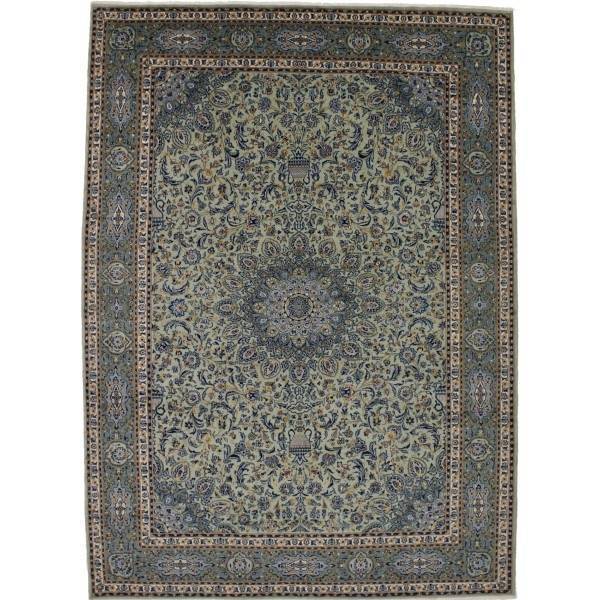
Kashan rugs are a type of hand-knotted Persian rug that originated in Iran and Pakistan. Also known as Persian medallion rugs, they derive their name from Kashan, which is a city located in the Kashan province of Iran. The size of the Kashan rugs varies. They can contain a diverse palette of 15-25 colors. Their design contains floral motifs with a unique central medallion.
Kashan rugs have traditional designs and feature intricate artwork. These rugs can be instantly recognized because of their unique medallion-and-corner patterns. This design is inspired by the elaborate patterns found in traditional Persian ornamentation.
In Kashan rugs, the diamond-shaped medallion patterns are woven in the middle of an equally elaborate garden-like background which is called the Shah Abbas field. This background is named after the famous Safavid ruler, Shah Abbas who greatly contributed to the popularity of Persian textile art in the 17th century. The Shah Abbas field consists of a series of continuous curvilinear flower-shaped forms.
Rich royal reds, blues, ivory, yellow, burnt orange, and a smattering of greens are some of the traditional colors used for designing a Kashan rug. Original Kashan rugs contain a cotton base and have a 100% wool pile. The pile is typically clipped short to show the intricacies of the design work.
Kashan rugs are generally woven using an asymmetrical kind of double knot which is called a Senneh knot. These rugs are heavy and dense. Their heavier density and double knotting make them immensely durable.
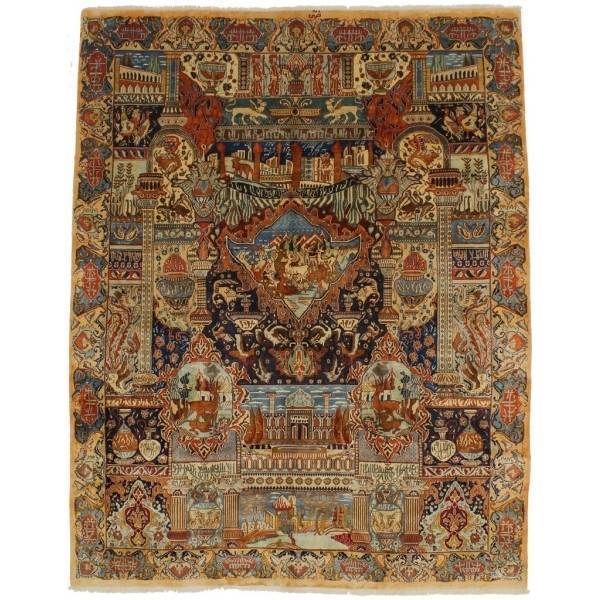
Kashmar rugs originated in Kashmar, which is a city located in the Kashmar County of the Razavi Khorasan Province of Iran. The city is also the capital of Kashmar County. Handmade Persian area rugs made in Kashmar come in different sizes, but a majority of them are of mid-size which is around 4 x 6 to 8 x 10 feet. The city also produces large rugs which can be up to 10 X 18 feet. Light blue and cream colors predominate on the rugs with ivory used as a contrasting color. Soft green, brown, and red are the other colors that are found in the newer works of art created on the Kashmar rugs.
Kashmar rugs can be distinguished by their unique patterns, often borrowing various designs from different regions.
The design of Kashmar rugs has been changing with time. Earlier the Herati design pattern was used, nowadays the Sirchaki design is more prevalent. Design patterns on Kashmar rugs exhibit antique excavations. Vases, shells, and weapons are prominently displayed on the rugs.
Kashmar rugs are woven on cotton foundations and use soft wool of good quality. These rugs are quite rare and beautiful masterpieces which makes them quite popular among customers.
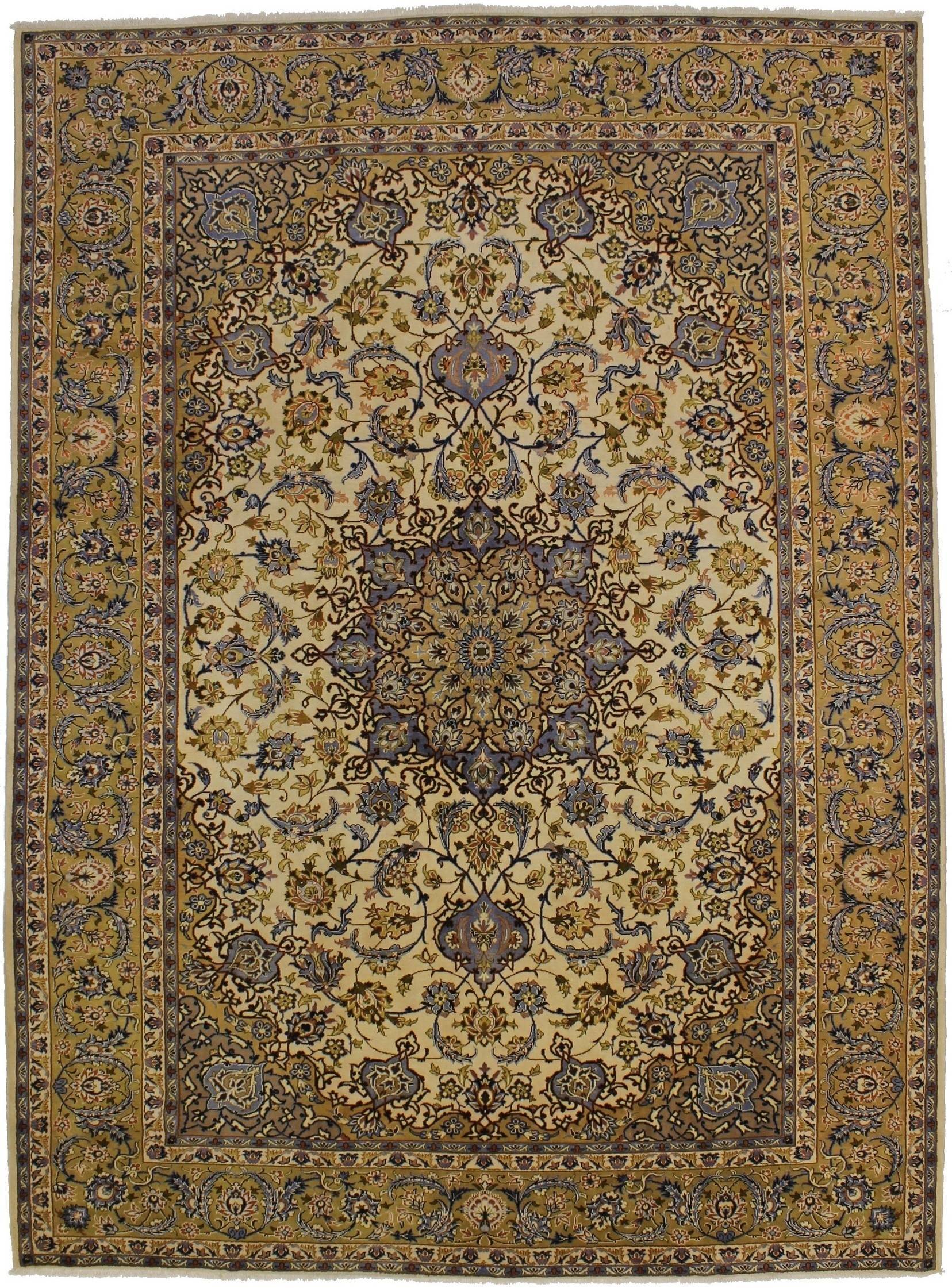
Isfahan rugs originated in the city of Isfahan which is located in the center of Iran at the foothills of the Zagros mountain range. This city is also the capital of Isfahan province. Carpet weaving in Isfahan flourished under the vision and guidance of Shah Abbas the Great, who was the King belonging to the Safavid dynasty.
Isfahan rugs come in various sizes, but a majority of them have a range of mid to large. Most of them have a size ranging from 4 x 6 to 8 x 10 feet. Large area rugs are also found that can measure up to 10 x 18 feet.
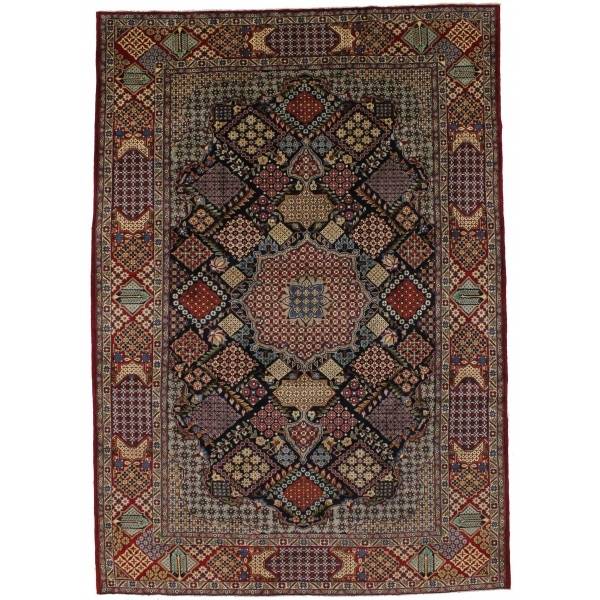
Many colors are used in Isfahan rugs. Most of them contain 15 colors. Turquoise, red, navy, pale mushroom, and beige are the most commonly used colors in these rugs. Isfahan rugs also contain a particular terracotta red color which is frequently used either in the field, border, or accents of the carpet.
The most popular design featured on the Isfahan rugs is a central medallion surrounded by vines or flowers which are usually red, blue, or indigo on an ivory background. Other popular design elements and motifs on Isfahan rugs include vases, gardens, and tree of life designs, pictorial pieces, and Shah Abbasi motifs. The inspiration for the design of Isfahan rugs comes from nature, traditional motifs and patterns, poetry, and the great poets, and also from the rich architectural history of the city. The famous mosque of Shah Lutf Allah is the particular muse for many of the rugs created in this city.
Isfahan rugs are of exceptional quality. They use soft kork wool often with silk details or foundations and have a very tightly woven pile. These rugs are the best and most valuable in the world due to their unique design, rarity, and royal lineage. This makes them extremely popular among customers.
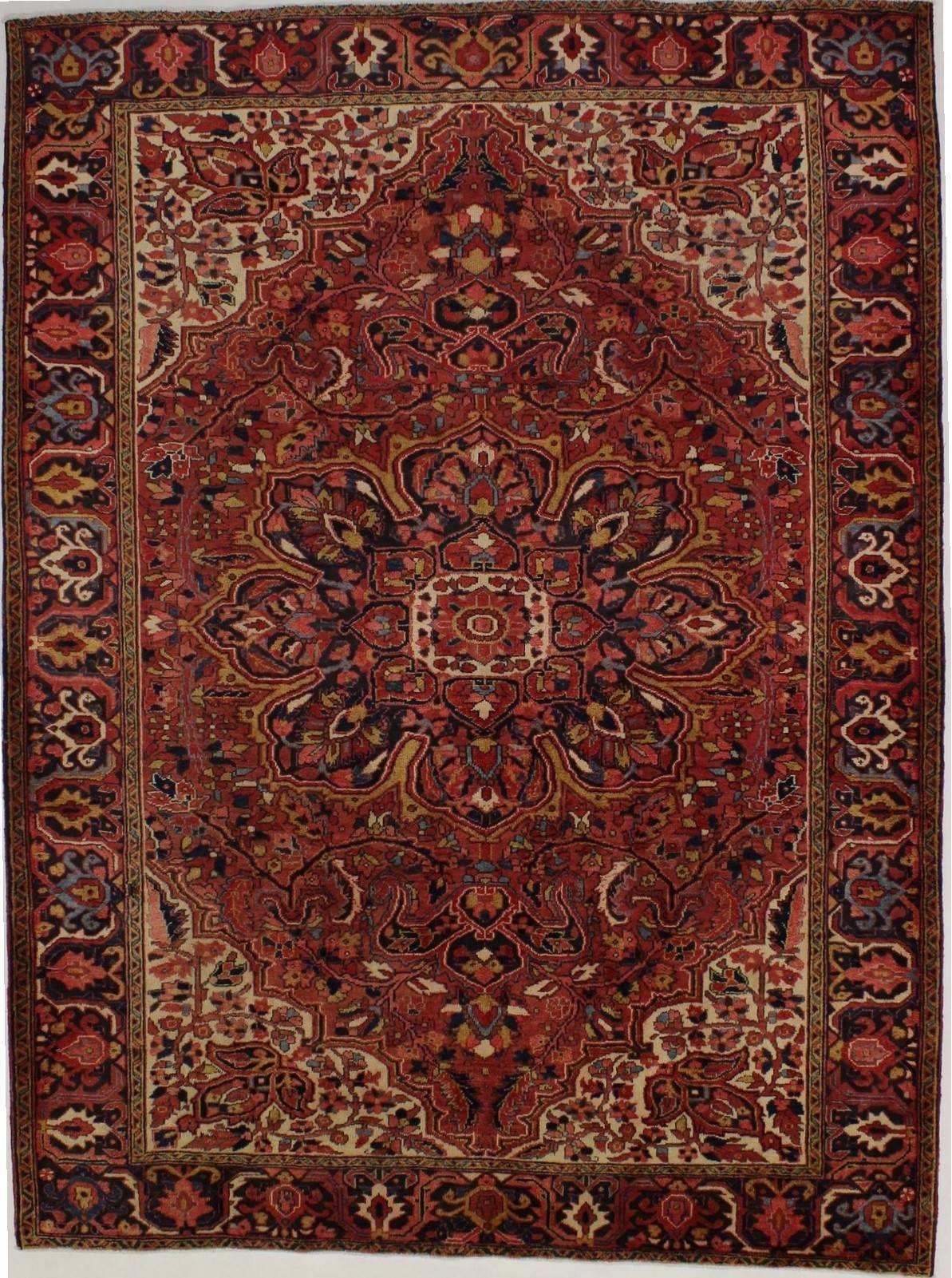
Heriz is a hand-knotted Persian rug that originated in the city of Heris and the area around it. Heris is the capital of Heris County which is located in the East Azerbaijan province of Iran.
Only a few Heriz rugs have the traditional rug size of 7 x 10 feet. The smallest common size for antique Persian Heriz rugs is 8 x 11 feet. Large-sized Heriz rugs measuring up to 15 x 24 feet are also found.
The most common colors used in Heriz rugs are light and dark pink, brownish red, light and dark blue, yellows, greens, and ivory. Blue and ivory are usually added to increase contrast.
Heriz rugs are distinguished by their rectilinear designs. A big central stepped medallion with corners or an all-over design of highly stylized floral motifs is extremely typical. Repeating patterns are less common in Heriz rugs.
The pile is heavy and thick, and the color palette is varied and rich. Older Heriz rugs contained madder grounds and medallions mostly of indigo color. The finer rugs use the double outlining technique where the design is separated from the field by two lines in different colors. This design element is the gold standard for the best Heriz designs.
As Heriz rugs are made from a high wool quality, they are durable, long-lasting, and hard-wearing. Geometrical patterns, warm colors, and artistic originality make them beautiful works of art. This is why they are the most sought-after and popular hand-knotted Oriental area rugs among customers.
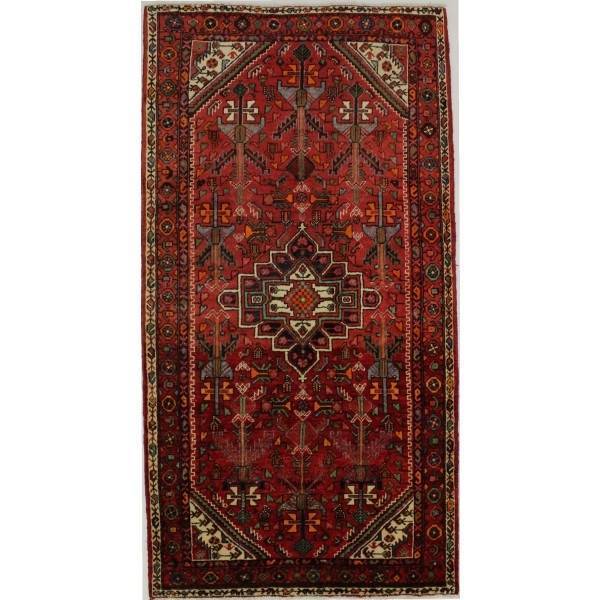
Hamadan rugs originated in the city of Hamadan. It is the capital city of the Hamadan Province of Iran. It is one of the oldest cities not only within Iran but also in the world.
Hamadan rugs come in various sizes with a majority of them having a size 4 x 6 feet to 8 x 10 feet. The most common sizes are of approximately 6 x 4 feet and 5 x 3 feet.
The color palette of almost all the Hamadan rugs includes primary colors with backgrounds of red, ivory, blue, or brown. These rugs are very colorful.
Hamadan rugs have very distinctive designs. The design patterns can vary from floral and geometric to overall Herati designs.
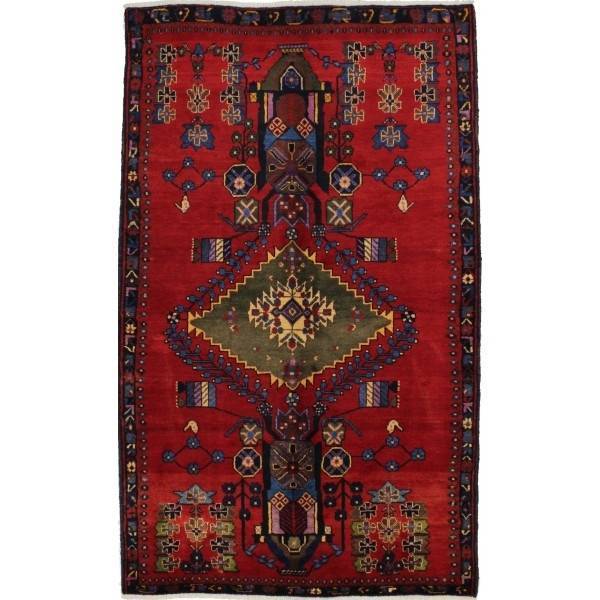
The majority of Hamadan rugs contain a geometric pattern. While rugs with a rectilinear design mostly have geometric motifs and angular patterns, those with a curvilinear design mostly have more intricate floral motifs and patterns.
The most common designs in Hamadan rugs consist of the medallion-and-corner design or the all-over boteh or herati designs. Diamond-shaped and hexagonal-shaped medallions are common. Often the all-over herati designs contain a narrow field in the shape of a larger octagon.
Many rugs from the Hamadan area have a narrow hem or kilim weaving at the bottom of the rug with a plain fringe at the top of the rug. The sides are generally overcast in wool with a single cord.
The knot used in Hamadan rugs is the Turkish or Ghiordes knot which is a symmetrical knot. Camel hair can be used sometimes for the pile. The wool used in creating these rugs ranges from coarse to medium in quality.
Hamadan rugs happen to be one of the most popular Persian rugs among customers.
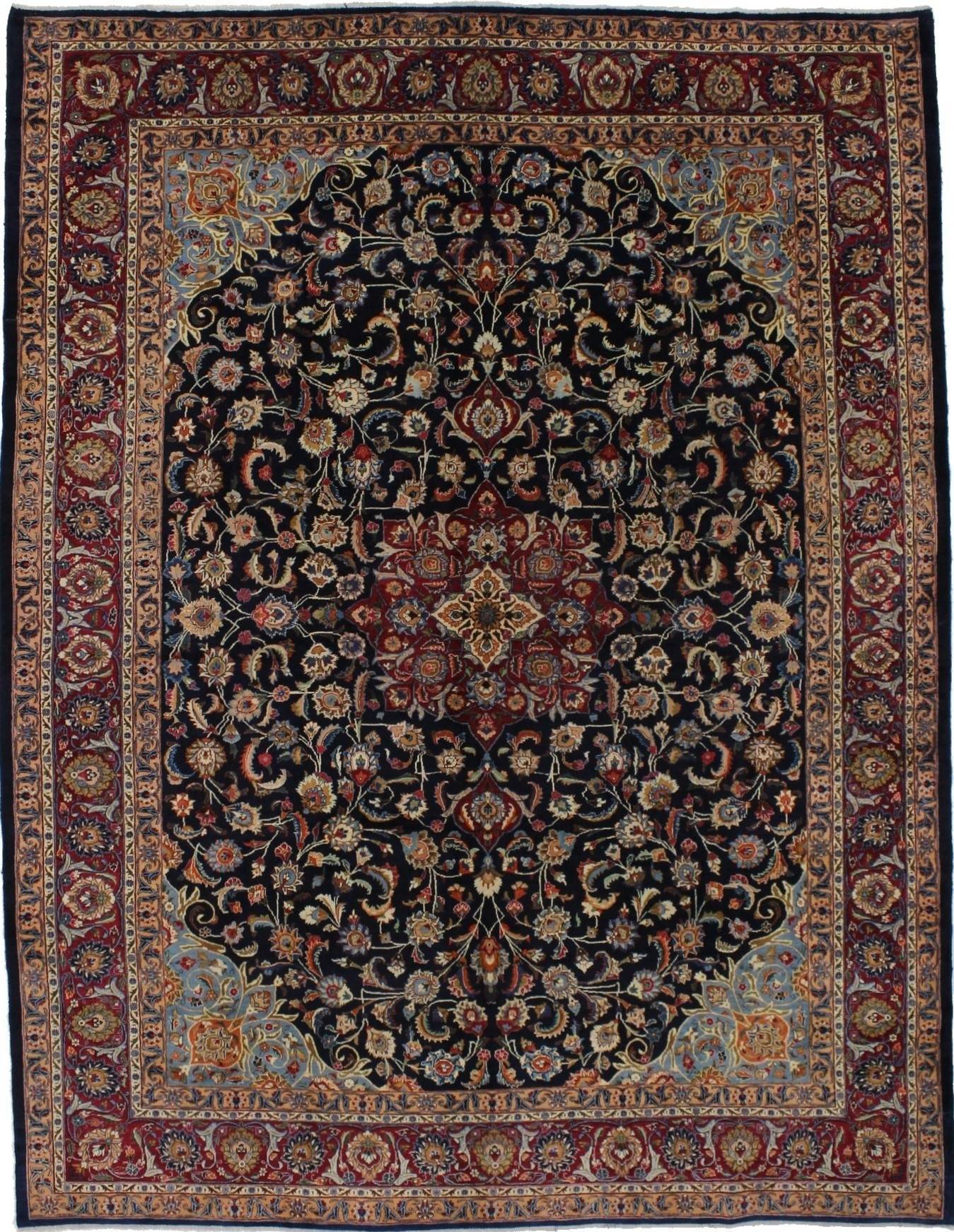
Mashad rugs originated from the city of Mashad which is located in the northeastern province of Khorasan in Iran. It is a prominent center of the carpet weaving industry and has been a major producer of handmade Persian area rugs for centuries. The city of Mashad is known for producing some of the best wool in Iran and very high-quality rugs.
Mashad rugs usually come in larger sizes; still, this can vary. The most common measurements for these rugs are 6 x 9, 8 x 10, and 9 x 12.
The colors of Mashad rugs are non-varying, and most of them have exclusively blue and red as dominating colors with khaki or ivory used for providing an interesting contrast. The background in rugs is typically deep dark red with dark blue highlights present in the center medallion, corner pendants, and border. The red background is a distinguishing feature of Mashad rugs.
The design elements in Mashad Rugs are mostly curvilinear. There is generally a single, large central medallion with a very detailed background filled with curvilinear-shaped floral motifs and floral designs in the corners. The central medallion exhibited in a rug is called the Shah Abbasi medallion.
Mashad, Kashan, and Kashmar rugs are very similar in colors, patterns, and designs. Mashad rugs have several design elements which are common with Kashan rugs, with only very small differences between them. However, Mashad rugs have one distinctive feature that helps to distinguish between the two, and this is their elongated corners. In the Mashad rug layout, the corners are that much elongated that they sometimes touch or nearly touch near the center of each border on each side of the rug.
The wool used in Mashad rugs is softer than the wool used in most other types of Persian rugs. Mashad rugs are weaved with a cotton foundation, followed by a wool pile. This imparts them a distinctive texture that is soft and cozy; still, it is durable and sturdy.
This knowledge will help you better understand the subtle differences between various types of handmade Oriental area rugs including Persian rugs and ignite your passion for these creative and appealing works of art. Also, it will help you choose the ideal rug which suits the designs and colors of the interiors of your home and enhances the beauty of your living abode manifold. Magic Rugs offers a wide range of artistically designed and authentic yet affordable Oriental rugs for fulfilling the decoration needs of home and commercial property owners.

 (704) 763 1111
(704) 763 1111
 Free Shipping & Return
Free Shipping & Return

